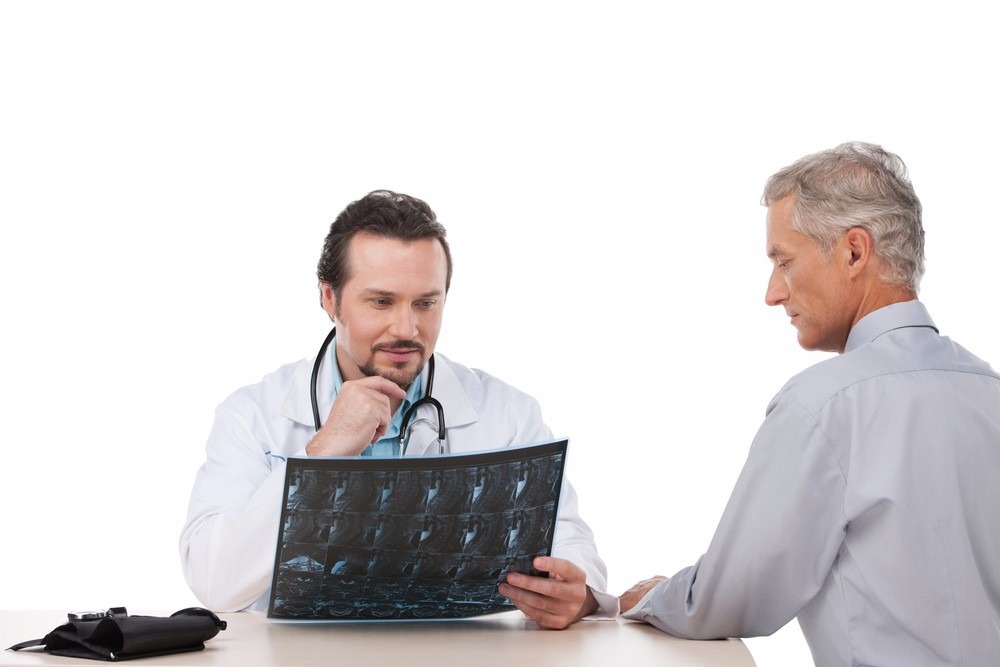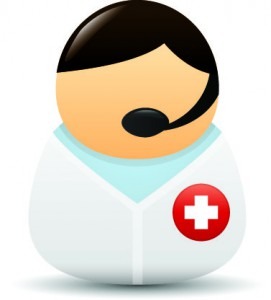Healthcare with Confidence
Spinal surgery specializes in the diagnosis and treatment of spine and spinal cord problems.
The main spine problems are as follows:
![]() Spinal stenosis
Spinal stenosis
![]() Injury and damage the spine and spinal cord
Injury and damage the spine and spinal cord
![]() Tumors of the spine, spinal cord and peripheral nerves
Tumors of the spine, spinal cord and peripheral nerves
In modern Israeli neurosurgical diagnosis and treatment neuroradiology is mostly used, including image-guided computed tomography (CT), magnetic resonance imaging (MRI) and positron emission tomography (PET). Some neurosurgical procedures involve the use of functional MRI during surgery.
Using microsurgery these modern technologies allow most accurately perform the installation microvascular anastomosis, clipping of aneurysms with the least damage to the body, the treatment of hemangiomas. Such methods are used in minimally invasive spine surgery. Microsurgery used in such basic procedures as microdiscectomy, laminectomy and discs implantation.
Our neurosurgeons are increasingly using minimally invasive endoscopic surgery. For example, endoscopic endonasal surgery is used to remove tumors of the spinal cord and cerebrospinal fluid leakage correction.
Neurosurgeons are also involved in stereotactic radiosurgery, along with radiation oncologists in the treatment of tumors and treatment of arteriovenous malformations.
In neurosurgery spine also apply methods of endovascular imaging (diagnostic angiography) for the diagnosis and treatment of malformations of the spine and vasospasm. Moreover, such procedures as vertebroplasty, kyphoplasty, angioplasty and others are carried out.
Leading Israeli Spine Surgeons
Our doctors



